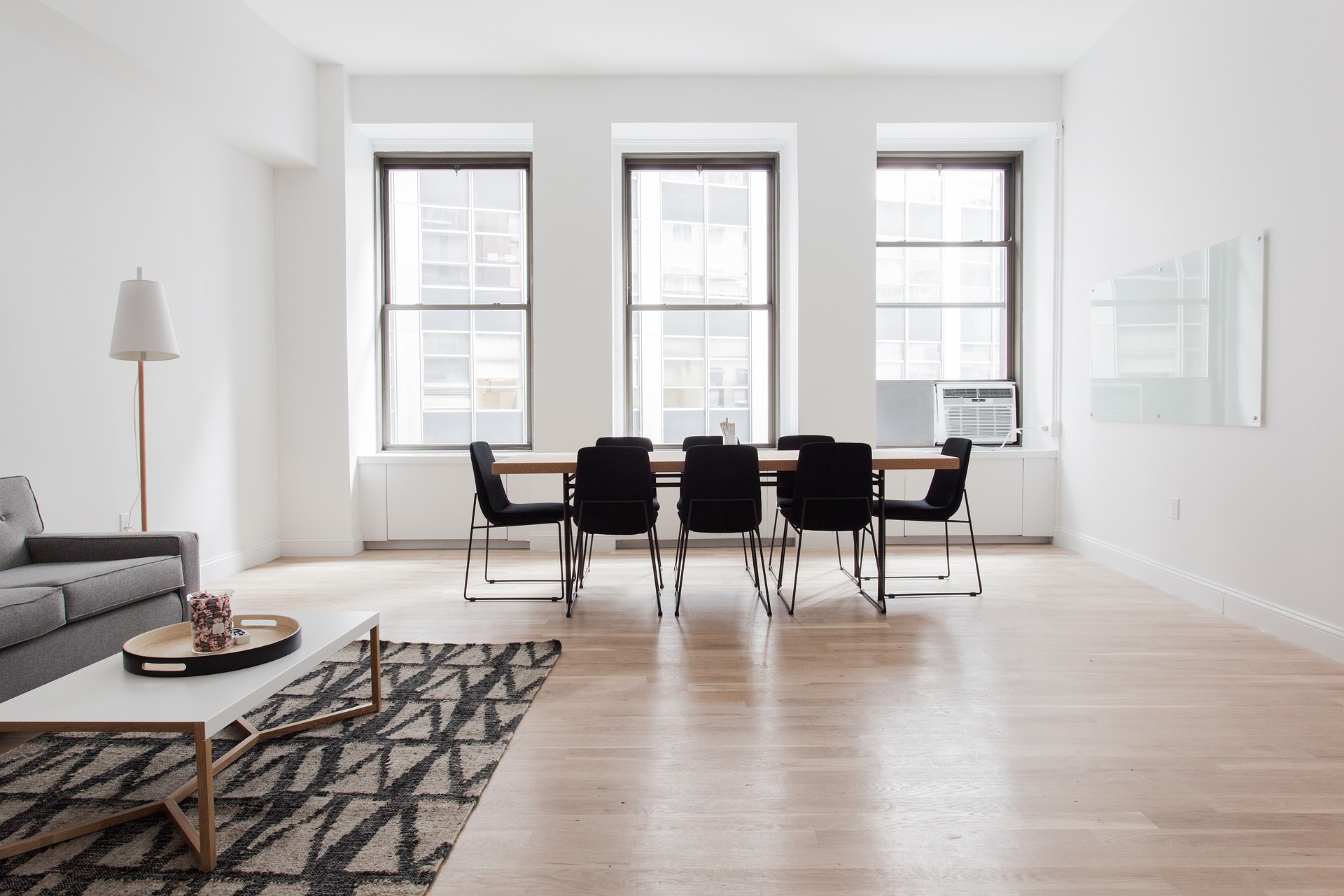
The surface of your floor is the decisive factor for its resistance to repainting. Technical wooden floors are an alternative to solid hardwood and are made from a thin layer of veneer or hardwood combined with a layer of cheaper materials such as plywood. While it is possible to recoat a technical wooden floor, you must ensure that the veneers are thick enough to sand and reach the plywood underneath.
When repainting a mature wooden floor, it is not recommended to process or scrape off the finish by hand due to the thin wear layer. It is also important to test the area exposed to the household cleaner when the floor is saturated with the cleaner so that the polyurethane coating does not stick to the floor.
Whether or not you polish your floors depends on their surface. Protective surfaces with waterproof barriers, such as urethane, may benefit from polishing, while floors with penetrating surfaces such as tungsten oil or unsealed wood may require waxing and polishing. Some of these examples are floors with low windows and wooden tables that can be polished.
Using the wrong product can cause a variety of problems, make the floor smooth, blunt the finish and interfere with proper repainting on the road. It is important to determine what type of floor and which timber stain colours are most suitable for your floor (our step 1 guide to polishing wooden floors before you dive in) before use. If you do not renew your floor, you are out of luck as it will wear out.

Repainting involves sanding the floor and applying a new surface treatment, which can be costly but will be necessary for a few decades. If you have bare wooden floors or a wooden floor without surface treatment, you need to sand the floor to finish it. And if you have ready-made flooring, consult a flooring professional before using any of these products.
We recommend making sure you have at least 5 layers of the surface before you renew (or, God forbid, bleach) your wooden floors if you wish. Some technical wooden floors come with 5-9 surface coatings ex-works, so you don’t have to worry about messy applications once your new floor is laid.
If the surface is scratched by normal wear, this is referred to as “sanding” the surface and applying a new topcoat. You can sieve your existing floor coverings with a grain sieve of 150-180 to prepare them for the new surface. A sieve layer is required to remove the old finish.
You can apply polyurethane to hardwood floors with a foam brush. Some plan to use it on wooden floors, but some people prefer foam brushes to bristle brushes so you can throw the bristle brush away when you’re done. No wonder, then, that hardwood floors should be used in high-traffic areas such as entrance halls and offices, where an oil-based polyurethane is required.
You know it’s time to re-coat your timber floors when they have scratches, have survived harsh weather conditions and simply look bland. The outer shell, which protects your wooden floor from scratches, dirt, wear and tear by foot traffic, is your floor covering the guardian of your hardwood. Over time, it wears out and has to be sanded and refined. If you plan to repaint the floor yourself or hire a specialist to select a coating, the first step is to smooth out the protected floor. It is also important to ensure your finish has a good slip rating, such as a P4 slip rating to ensure your flooring is not slippery especially in wet weather.
If your floor is exposed to a lot of sun (and we are not talking about winter flooring), be sure to buy a UV-protected product. Some technical wooden flooring products offer structured surfaces that can create an interesting antique look, so if that’s your thing, create our thing.
If you don’t have time to do the work yourself or don’t want to absorb too much dust, hire a professional floor finisher. They can cost between 90 cents and 150 dollars per square meter, depending on how much sifting is required and whether the floor needs one or two coats of paint. Use a flat mop and work with a small S-shaped amount of wood floor polish towards the grain to smooth any air bubbles out.
The coat will take 8-10 hours to dry completely, so you will want to leave your house as soon as the floor is dry and bring your pets.
Durable and suitable for do-it-yourselfers, timber oils are inexpensive and easy to apply. Cadillac and Volvo floor coverings are acid-hardened Swedish surfaces for professional applications.

